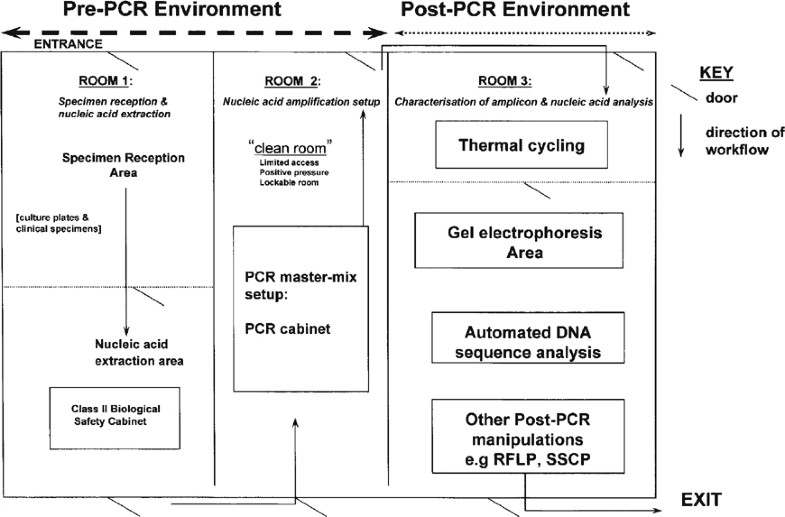


īartram CR et al (1983) Translocation of c-abl oncogene correlates with the presence of a Philadelphia chromosome in chronic myelocytic leukaemia. ĭe Klein A et al (1982) A cellular oncogene is translocated to the Philadelphia chromosome in chronic myelocytic leukaemia. Heisterkamp N et al (1982) Chromosomal localization of human cellular homologues of two viral oncogenes. Ponticelli AS et al (1982) In vivo tyrosine phosphorylations of the Abelson virus transforming protein are absent in its normal cellular homolog. Witte ON et al (1981) Phosphorylation of the Ableson murine leukemia virus transforming protein. Rosenberg N, Baltimore D, Scher CD (1975) In vitro transformation of lymphoid cells by Abelson murine leukemia virus. Siegler R, Zajdel S (1972) Pathogenesis of Abelson-virus-induced murine leukemia. Ībelson HT, Rabstein LS (1970) Lymphosarcoma: virus-induced thymic-independent disease in mice. Rowley JD (1973) Letter: a new consistent chromosomal abnormality in chronic myelogenous leukaemia identified by quinacrine fluorescence and Giemsa staining. Nowell PC, Hungerford DA (1960) A minute chromosome in chronic granulocytic leukemia. ĭruker BJ et al (2001) Efficacy and safety of a specific inhibitor of the BCR-ABL tyrosine kinase in chronic myeloid leukemia. Hudziak RM et al (1989) p185HER2 monoclonal antibody has antiproliferative effects in vitro and sensitizes human breast tumor cells to tumor necrosis factor. Įmmadi R et al (2011) Molecular methods and platforms for infectious diseases testing - a review of FDA-approved and cleared assays. Kan YW et al (1980) Polymorphism of DNA sequence in the β globin gene region. ĭemidov VVDNA (2003) Diagnostics in the fifty-year retrospect. Gingeras TR et al (2005) Fifty years of molecular (DNA/RNA) diagnostics. Tsongalis GJ, Silverman LM (2006) Molecular diagnostics: a historical perspective. J Am Chem Soc 78(14):3548–3549įelsenfeld G, Davies DR, Rich A (1957) Formation of a three-stranded polynucleotide molecule. Rich A, Davies DR (1956) A new, two-stranded helical structure: polyadenylic acid and polyuridylic acid. Grunberg-Manago M, Ortiz PJ, Ochoa S (1955) Enzymatic synthesis of nucleic acid like polynucleotides. Jacob F, Monod J (1961) Genetic regulatory mechanisms in the synthesis of proteins. The complementary structure of deoxyribonucleic acid. A structure for deoxyribose nucleic acid. Weaver W (1970) Molecular Biology: Origin of the term. Vogelstein B et al (2013) Cancer genome landscapes.

Hanahan D, Weinberg RA (2000) The hallmarks of cancer. Thus, cancer molecular diagnostics are a fundamental and integral component of precision oncology. This requires first identifying key oncogenic genomic aberrations in cancer cells, enabled via molecular diagnostics, to guide the rational selection of molecular therapeutic agents specifically targeting these alterations.
#Molecular diagnostics examples driver
The promise of precision oncology postulates that each cancer can be treated more effectively, and even possibly cured, through understanding and targeting key driver genomic aberrations. It is also understood that cancer genomes are inherently unstable, and the accumulation of new driver genomic aberrations can lead to cancer progression and drug resistance. Each cancer carries a unique set of “driver” genomic aberrations that work together to promote cancer initiation and maintenance. It is now well-established that cancer is primarily a genetic disease caused by inherited and acquired genomic aberrations. Precision oncology embodies the targeted and rational treatment of cancer according to the specific molecular alterations underlying an individual patient’s disease.


 0 kommentar(er)
0 kommentar(er)
